Exploring New York’s Industrial Past in "Cathedrals of Industry"
Join photographer Michael L. Horowitz for a journey through 50 years of photographs!


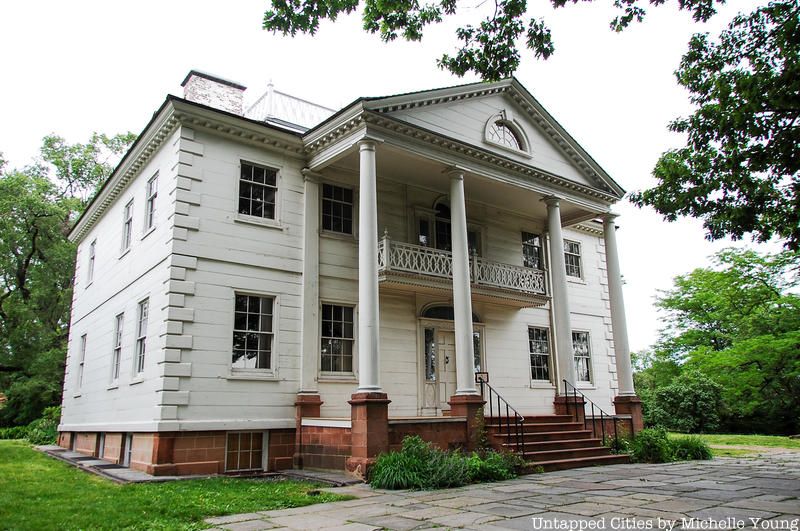
New York City is home to numerous world-famous museums but if you need a break from classics like the Metropolitan Museum of Art or the MOMA, do check out some of the City’s smaller, off the beaten path museums. In the previous installment of this series, we rounded up unique house museums in the Bronx. Today, we look at some gems in Manhattan.
The Morris-Jumel Mansion was constructed in 1765 by Roger Morris, a British loyalist and was known as Mount Morris. During the Revolutionary War, both George Washington and British and Hessian forces occupied the house. On July 10, 1790, Washington returned to the house and dined there with members of his administration including John Adams, Thomas Jefferson, Alexander Hamilton, and Henry Knox. The mansion was purchased by Stephen and Eliza Jumel (Eliza would go on to marry Aaron Burr, who briefly lived at the house). In 1903, the City purchased the house and its grounds and a year later it opened to the public as a museum. We previously included the mansion in our roundup of Presidential Haunts.
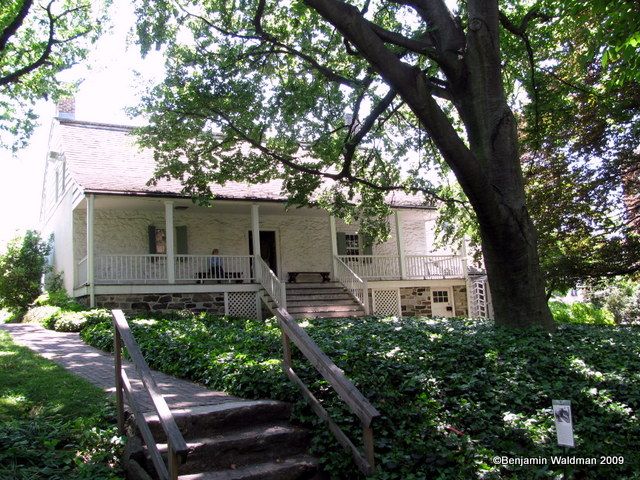
In around 1784, William Dyckman built what is now the oldest remaining farmhouse in Manhattan. The fieldstone and clapboard farmhouse remained in the Dyckman family until 1868. The house and remaining grounds were donated to the City in 1916. Today, the farmhouse, smokehouse, and reconstructed “Hessian Hut” are all that remain of what was once a thriving 250 acre farm.
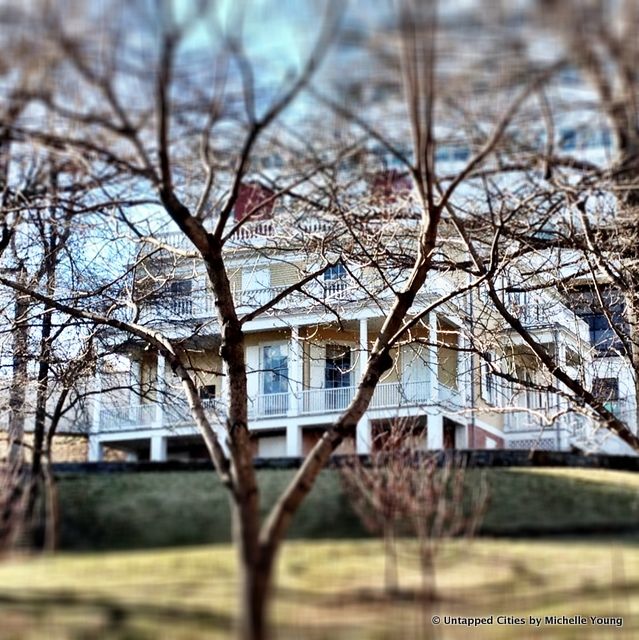
Hamilton Grange was constructed in 1802 and designed by John McComb Jr. in the Federal style. It was built for Alexander Hamilton, who served as the first Secretary of the Treasury. Sadly, he only lived in the house for two years before being killed as a result of a duel with Aaron Burr. Hamilton Grange, which was named after his grandfather’s estate in Scotland, was moved in 1899 to Convent Avenue in order to stave off its destruction. Between 2006 and 2011, Hamilton Grange was moved again to St. Nicholas Park, in order to restore the house and provide a setting more in tune with its original location. Hamilton Grange National Memorial is owned and operated by the National Parks Service.

The Theodore Roosevelt Birthplace National Historic Site is New York City’s only presidential birthplace opened to the public. Roosevelt was born on the site in 1858. In 1916, the house was demolished to make way for a retail building. Within weeks of his death, in 1919, the Women’s Roosevelt Memorial Association, purchased the lot on which the home had been located, and the adjoining one, to recreate his childhood home. The reconstructed home, which is made to look like the interior design of the house during the years of 1865-1872, was donated to the National Park Service in 1963.
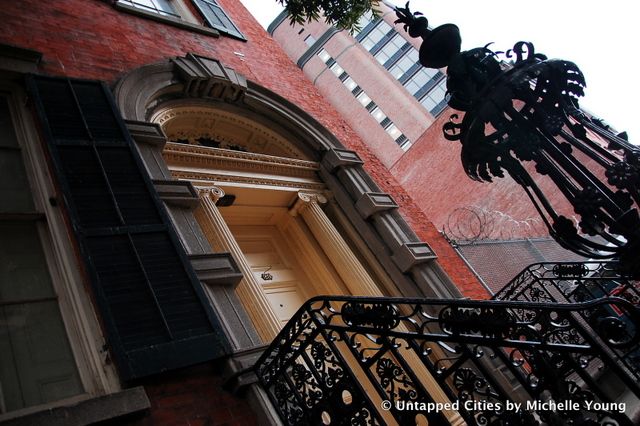
The Merchant’s House Museum was constructed in 1832 for Joseph Brewster. Brewster then sold it to Seabury Tredwell, the house’s eponymous merchant. The federal style house has been a museum since 1936, three years after Tredwell’s daughter died in the house. Today, the museum is one of the Historic House Trust of New York properties and is the only remaining 19th-century family home in New York City whose exteriors and interiors are both preserved.
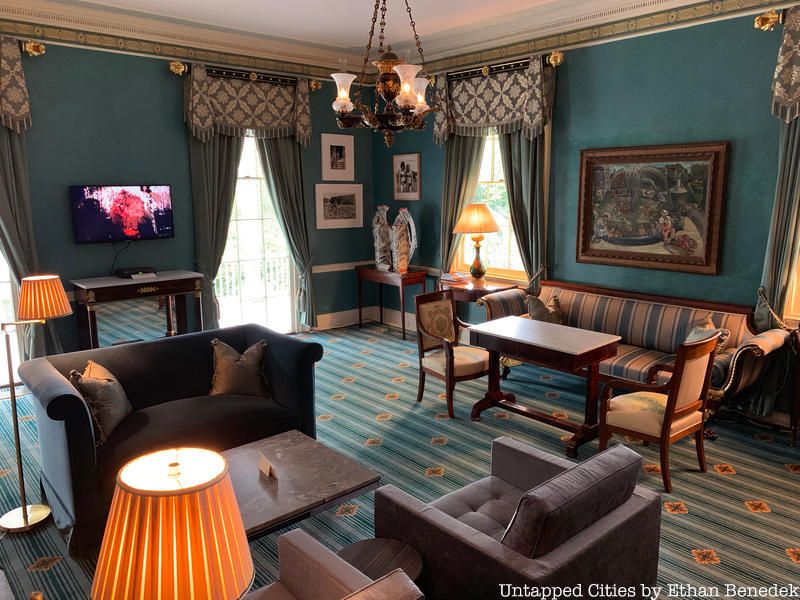
In 1799, Archibald Gracie had a federal style country house built for him (and designed by an unknown archiect). The house and its grounds were appropriated by New York City in 1896. Over the years the house has served as concession stand, restroom facility, and home of the Museum of the City of New York. In 1942, Mayor Fiorello La Guardia moved into the house and it has remained the mayoral house ever since. Gracie Mansion, whose very existence is owed to Robert Moses, is opened for tours, and is a member of the Historic House Trust of New York.
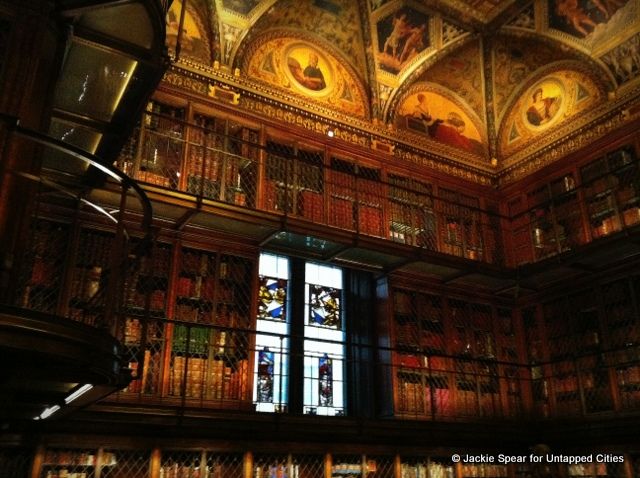
The Greco-Roman inspired Morgan Library and Museum was constructed between 1902 and 1906 as J. P. Morgan’s private library. The building, which has since been expanded, was designed by Charles Follen McKim. In 1924, the Library was opened to the public. The library’s interior is one of the most beautiful spaces in the City. (For more information on the Morgan Library photos of its ornate interior, check out our previous coverage).
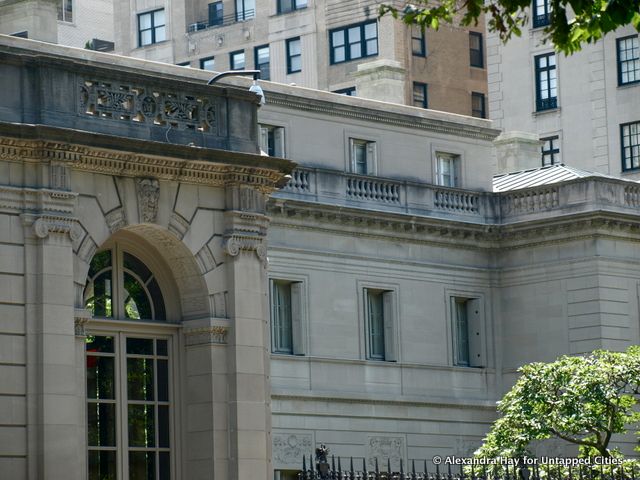
The Frick Collection is located in Henry Clay Frick’s former gilded-age mansion. The house was designed by Thomas Hastings (of Carrère and Hastings) in 1913 with additions by John Russell Pope. The house was opened to the public in 1935 and it is Frick’s personal collection that remains the core of the museum’s collection. Walking through the Frick Collection affords visitors the opportunity to go back in time and truly experience what Fifth Avenue was like in the Gilded Age. Also read about the hidden bowling alley that is off limits to the public!
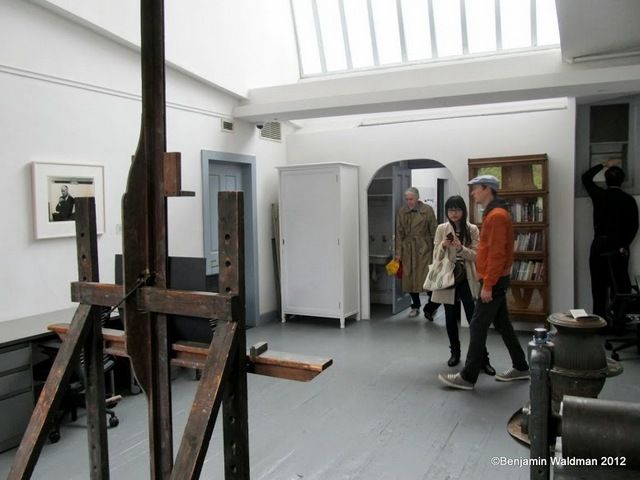
The studio of Edward Hopper Studio on Washington Square Park is open by appointment only and for special events. Hopper had a live-work studio there from 1913 until his death in 1967. He even painted the rooftop of the row house which was known as the “studio building,” and found much inspiration from the view for his urban paintings.

The Mount Vernon Hotel Museum was constructed in 1799 as a carriage house. In 1826, the Federal style building was converted into a hotel. In 1924, the Colonial Dames of America purchased the building and converted it into a museum. Until 2000, the museum was known as the Abigail Adams Smith Museum. Its named was changed as Abigail, President John Adams’ daughter, and her husband had no connection with the current 1799 structure.
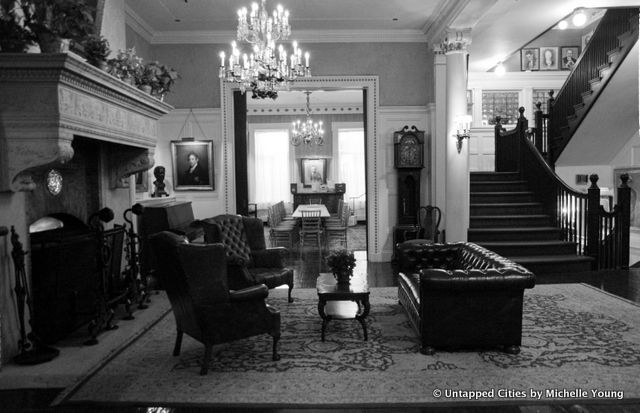
The Player’s Club was founded in 1888 by Edwin Booth, the prominent Shakespearean actor and brother of John Wilkes Booth, along with 15 other incorporators (including Mark Twain and General William Tecumseh Sherman). Booth purchased an 1847 mansion fronting Gramercy Park and designed by Standford White. During his lifetime, Booth lived in the mansion’s upper floors and his room remains as it was when he died (including a skull he used in Hamlet). For more information on and photographs of the Player’s Club check out our previous coverage. Also make sure to join us for an upcoming tour inside The Players Club:
Insider Tour of the Players Club on Gramercy Park
 The Tenement Museum is housed in a 1863 building on historic Orchard Street on the Lower East Side. Photo via Tenement Museum
The Tenement Museum is housed in a 1863 building on historic Orchard Street on the Lower East Side. Photo via Tenement Museum
The Tenement Museum is located in an 1863 Italianate tenement on the Lower East Side. The building was discovered by Ruth Abram and Anita Jacobson in 1988. They restored the decaying building to tell the stories of the immigrant tenants who once lived there. Additionally, the museum has a book store that is well worth a trip in and of itself. The Tenement Museum is an affiliated site of the National Park Service.
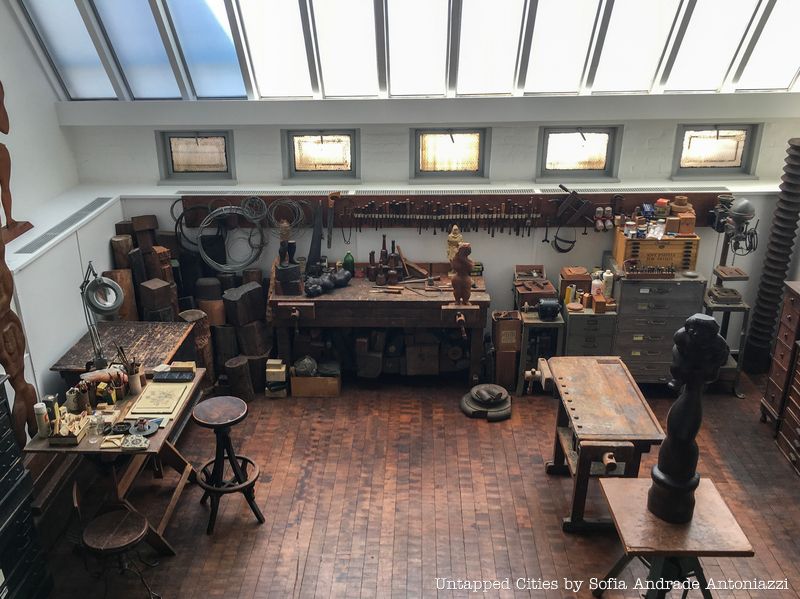
The Renee and Chaim Gross Foundation is located in a nineteenth century townhouse in Greenwich Village. Chaim and Renee moved into the townhouse in 1963 and created a sculpture studio on the ground floor. The studio space is now open to the public and is preserved as it was in Chaim Gross’ lifetime. (For information about Chaim Gross and the Foundation, check out our previous coverage).
After you’ve hit all these up, head over to the Bronx for eight more house to museum conversions!
Subscribe to our newsletter